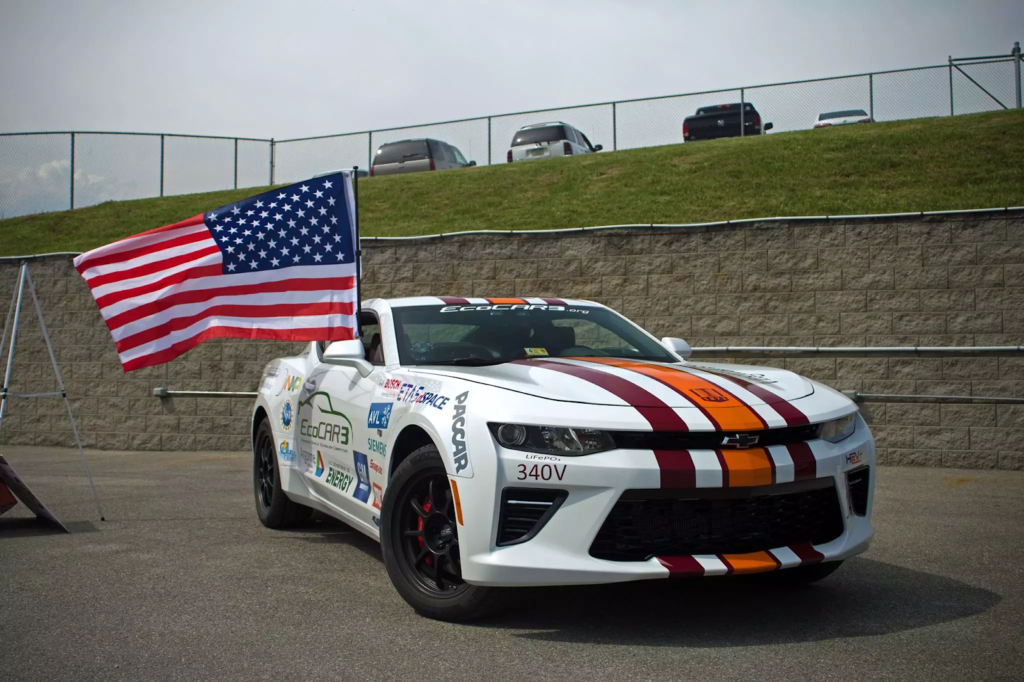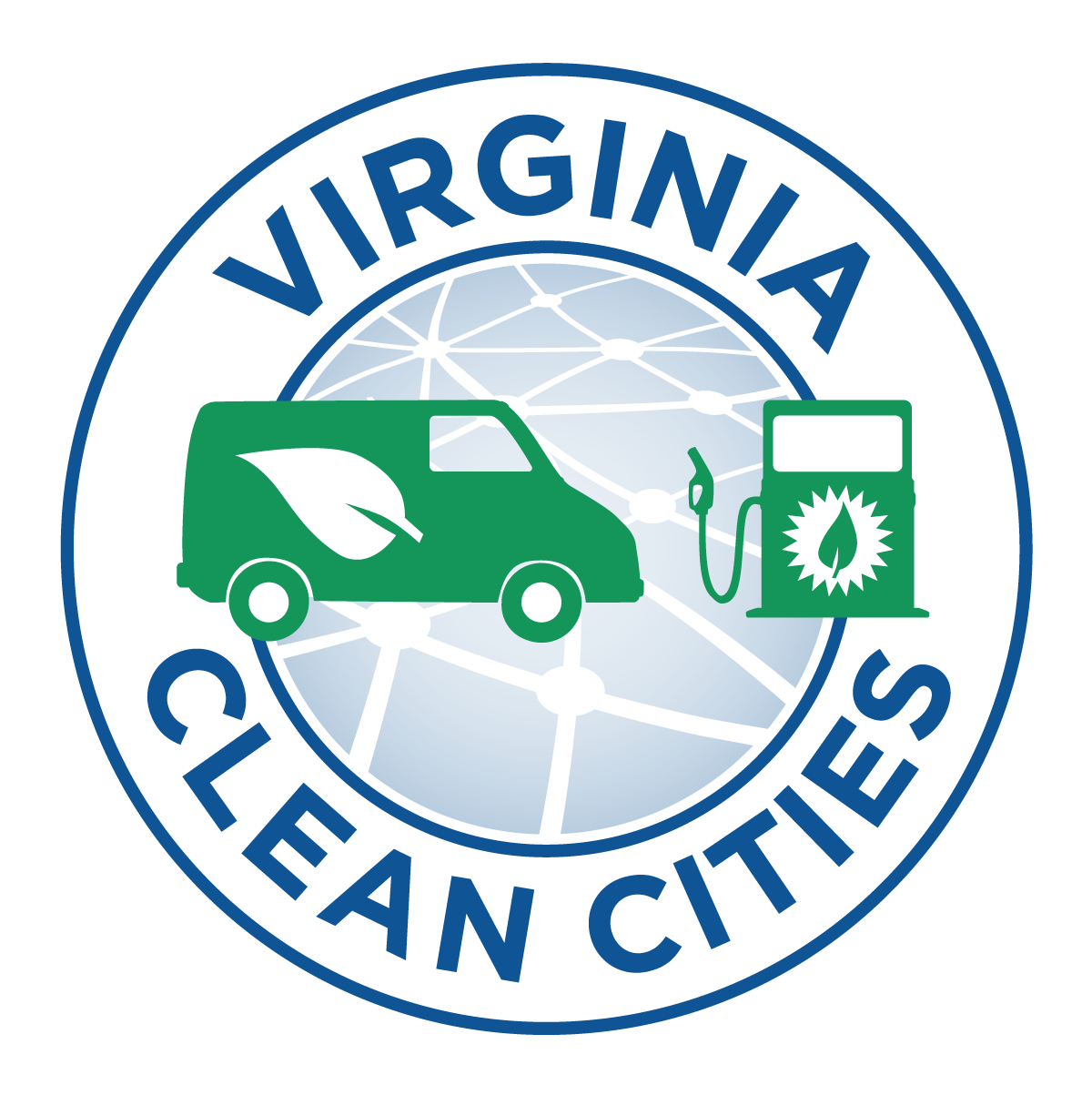
In Late November 2020, an interdisciplinary research team at Virginia Tech announced that they will be using a $550,000 grant to research and test safety measures related to electric vehicle sound and pedestrian safety.
Electric Vehicles (EVs) decrease air pollution through emissions reduction, but they also reduce another type of pollution, sound pollution. Electric vehicle drivers often comment on how quiet their vehicles are compared to those with internal combustion engines.
While these quiet rides are great for drivers and passengers and can help reduce noise-related stress, they also present a safety challenge.
Since EVs don’t have noisy internal combustion engines it can be difficult for pedestrians, cyclists, and other drivers to hear and sense the presence of the vehicles. As a result, researchers and manufacturers have been looking to add additional noise-making components called acoustic vehicle alerting systems (AVAS) to new EVs to signify their presence to other road users.
In the United States and parts of Europe, legislation is being drafted to require these safety measures for new electric and hybrid vehicles. While this legislation establishes the need for acoustic vehicle alerting systems and in some cases establishes decibel ranges there is a lot to be learned about how to put these systems into use. From sound type and volume level, to sound generation and project methods, this is what the researchers at Virginia Tech will be exploring over the course of the project.
This research, funded through the Safety through Disruption (Safe-D) University Transportation Center, will take place over 18 months and allow the researchers to create a virtual environment to address the issues created when an electric engine is too quiet for pedestrians to hear its approach. This collaborative effort will be headed by Michael Roan of the Acoustics, Signal Processing, and Immersive Reality (ASPIRe) Lab and supported by Luke Neurauter of the Virginia Tech Transportation Institute and General Motors Engineer Doug Moore who have worked together in the past to explore EV sound safety.
In April 2020, Mike Roan and Luke Neurauter along with a number of other researchers co-authored a report on the subject titled, Quiet Car Detectability: Impact of Artificial Noise on Ability of Pedestrians to Safely Detect Approaching Electric Vehicles. This report and the research that preceded it demonstrated a need for further research on the topic of EV sound safety. Specifically, more understanding is needed to develop additive sounds that will alert pedestrians to the presence of the vehicle without contributing to noise pollution and to develop methods to broadcast those sounds. This previous research also demonstrated a need for sounds to be tested in a wide variety of sound environments to ensure the success of the systems when placed in a real-world environment.
The new research will be using a 3D virtual acoustic environment to create an immersive atmosphere of street noises to test simulated alert sounds detectability in a variety of scenarios. The environment, located in Roan’s ASPIRe labs, will allow the researchers to run multiple trials while reducing cost and interference and will also provide a space for car manufacturers to test their simulated sounds in a variety of environments.
Congratulations to Virginia Tech and to Mike Roan, Lucke Neurauter, Doug Morre, and the rest of the research team!
